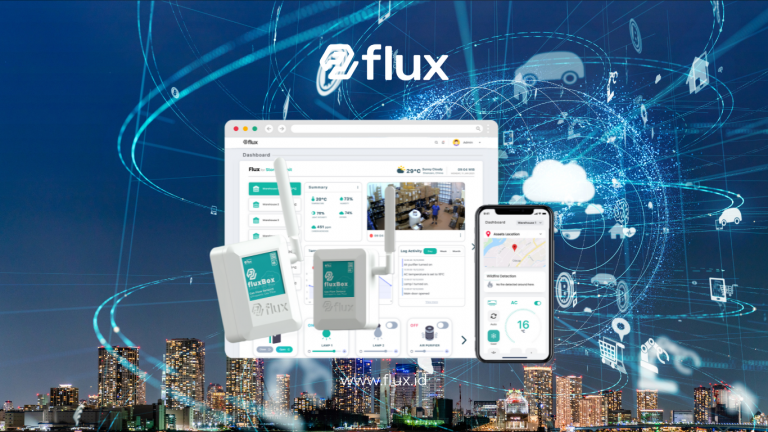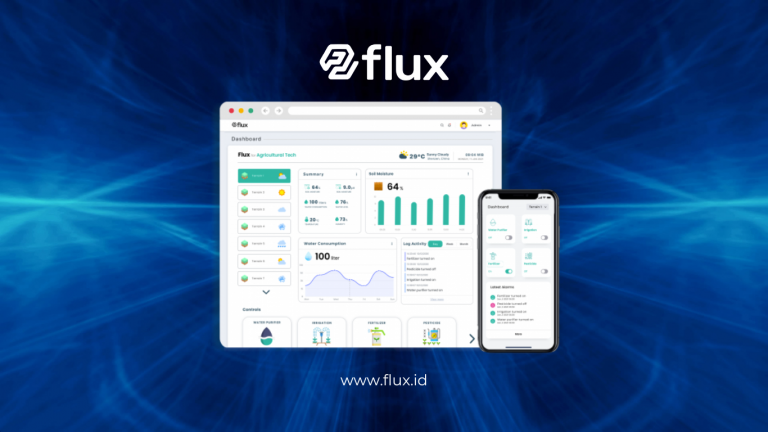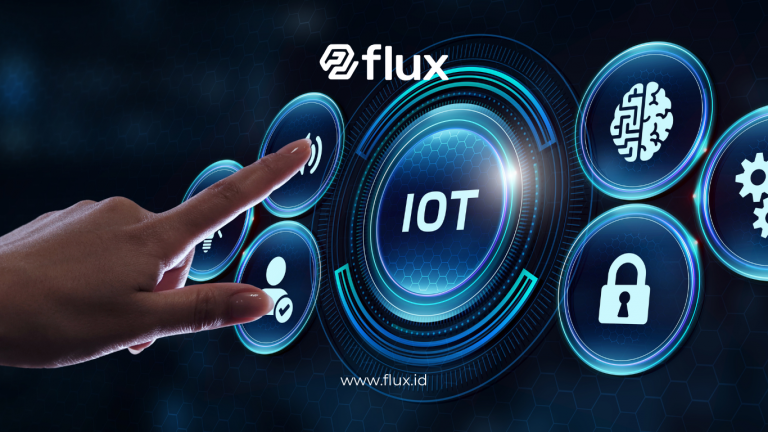Don't miss our holiday offer - 20% OFF!
Technological advancements are significantly transforming the agricultural sector. Consequently, innovations like IoT-based soil nutrient sensors are being widely adopted. This technology allows farmers to monitor soil nutrient conditions in real-time, enabling more precise and accurate decision-making. In this article, we will discuss the working principles, components, benefits, and challenges of implementing IoT-based soil nutrient sensors.
Contents
- 1 What is an IoT-Based Soil Nutrient Sensor?
- 2 Main Components of an IoT-Based Soil Nutrient Sensor
- 3 How Does an IoT-Based Soil Nutrient Sensor Work?
- 4 Benefits of IoT-Based Soil Nutrient Sensors
- 5 Challenges in Implementing IoT-Based Soil Nutrient Sensors
- 6 Case Study on Implementing IoT-Based Soil Nutrient Sensors
- 7 The Future of Agriculture with IoT-Based Soil Nutrient Sensors
- 8 Conclusion
What is an IoT-Based Soil Nutrient Sensor?
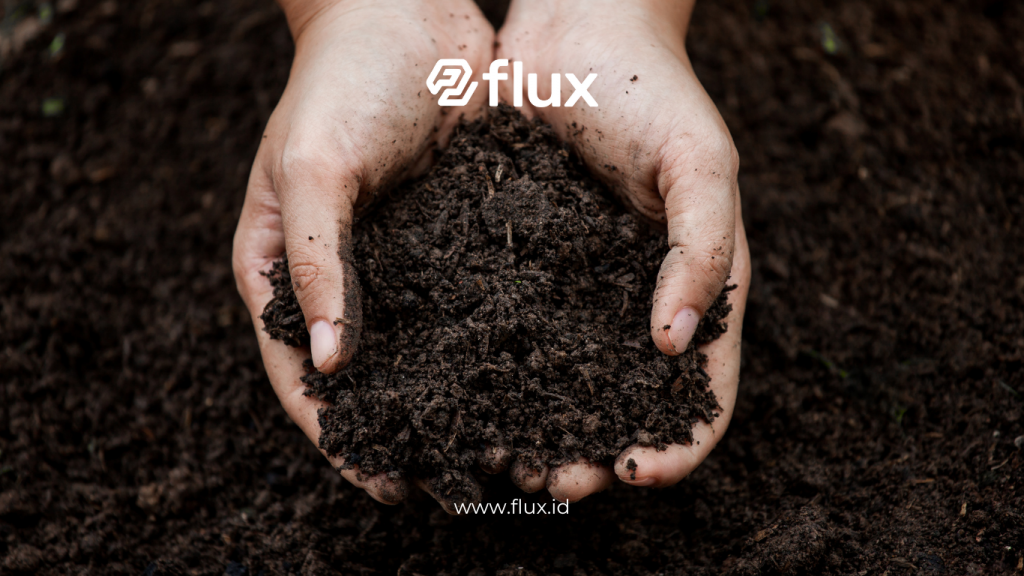
Read More: Soil Nutrient Monitoring Technology for Nutrient Balance
An IoT-based soil nutrient sensor measures nutrient levels in the soil, such as nitrogen (N), phosphorus (P), and potassium (K). Using IoT connectivity, the system collects data that farmers can access and analyze remotely. Therefore, they gain real-time insights into soil conditions and can make better decisions.
Main Components of an IoT-Based Soil Nutrient Sensor
1. Soil Nutrient Sensor
This device detects specific nutrient concentrations in the soil, such as nitrogen, phosphorus, and potassium. It also measures soil moisture and temperature to provide a more comprehensive analysis.
2. Microcontroller
The microcontroller processes data collected from the sensor and transmits it to the IoT platform. Farmers often use devices like Arduino and Raspberry Pi for this purpose.
3. Communication Module
The system uses a communication module to transmit data to the cloud or web-based applications. Technologies such as Wi-Fi, GSM, or LoRa facilitate connectivity, especially in areas with limited internet access.
4. Cloud Storage and Data Analytics
Data from the sensors is stored in the cloud, where it is processed using artificial intelligence (AI) or machine learning algorithms. This process enables farmers to obtain in-depth analysis of the plant’s nutrient needs.
5. User Application
Web-based applications or mobile apps provide farmers with easy access to data. These platforms display soil nutrient maps, fertilizer recommendations, and early warnings, allowing farmers to make informed decisions.
How Does an IoT-Based Soil Nutrient Sensor Work?
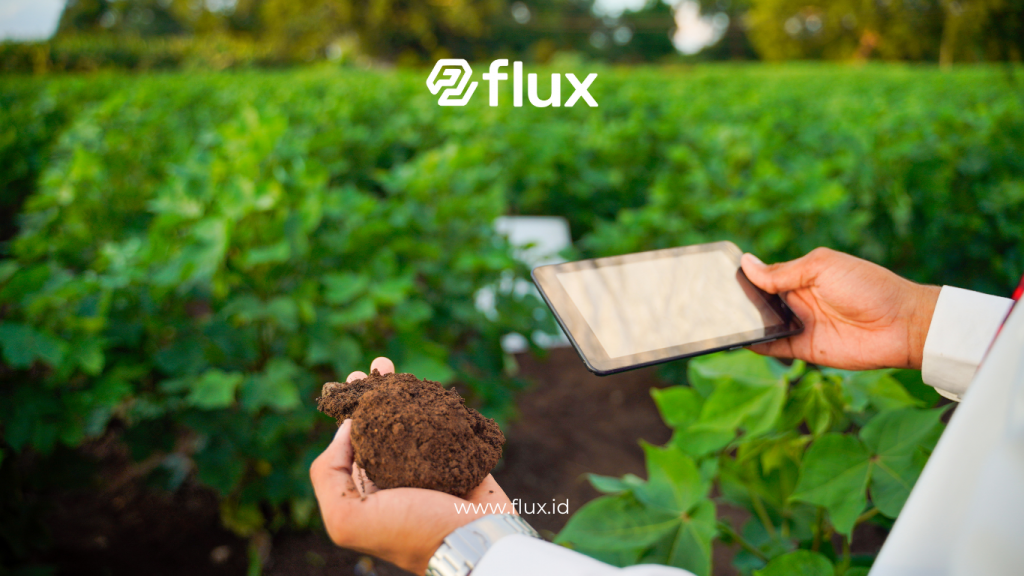
- Data Collection: The sensor detects nutrient levels and other environmental parameters such as moisture and temperature.
- Data Processing: The microcontroller processes the data received from the sensor.
- Data Transmission: Data is sent to the cloud server via internet connectivity using GSM, Wi-Fi, or LoRa technology.
- Data Analysis: The data is processed using AI and machine learning, which generate insights and recommendations for farmers.
- Data Visualization: The analyzed data is presented through reports, graphs, and alerts that farmers can access via mobile apps or web-based dashboards.
Benefits of IoT-Based Soil Nutrient Sensors
1. Increased Productivity
These sensors allow farmers to identify the nutrient needs of crops more accurately. As a result, farmers can apply fertilization at the right time and with precision, boosting yields.
2. Cost and Resource Savings
With real-time data, farmers can optimize the use of fertilizers and water. This optimization reduces operational costs and prevents waste.
3. More Effective Land Management
By identifying which areas of land require more attention, precision land management becomes achievable, leading to better resource allocation.
4. Data-Driven Decision Making
Data-driven decisions empower farmers to create better and more efficient long-term plans.
5. Reducing Environmental Impact
The system’s optimization of fertilizer and water usage helps minimize waste and reduce negative environmental impacts.
Challenges in Implementing IoT-Based Soil Nutrient Sensors
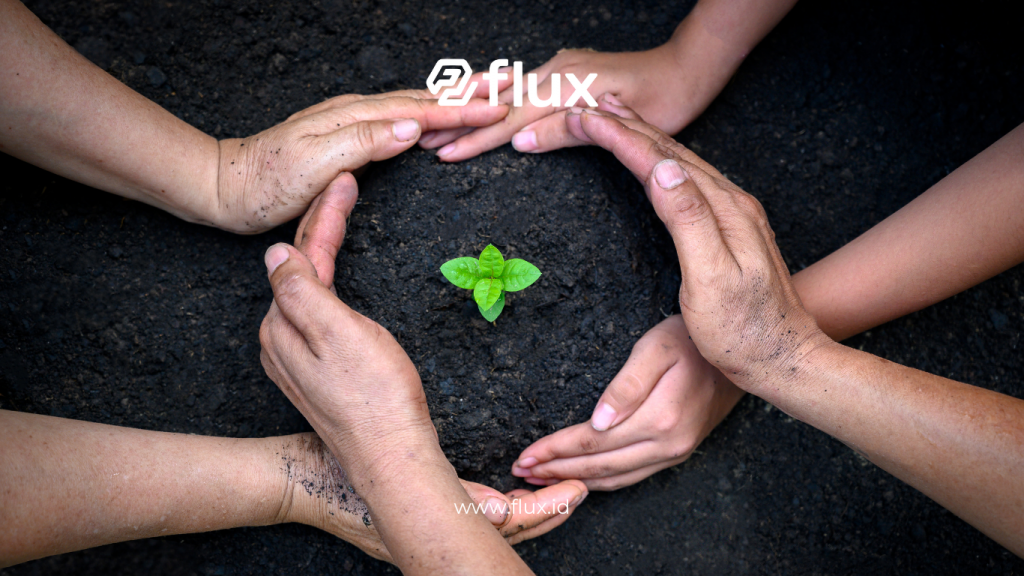
Read More: Optimizing Agriculture with Soil Health Monitoring Sensors
1. High Implementation Costs
Procuring hardware and IoT infrastructure is still relatively expensive. As a result, small-scale farmers may face financial barriers.
2. Internet Connectivity Issues
Some agricultural areas are in remote locations with limited internet access. To address this issue, communication solutions such as LoRa are often utilized.
3. Device Maintenance
Since sensors are installed in open fields, they are vulnerable to damage caused by weather, pests, or human activity. Therefore, regular maintenance is required to ensure uninterrupted operation.
4. Technical Skills Requirements
Not all farmers possess the technical skills to operate IoT devices and interpret the data produced. Hence, training and assistance programs are necessary to facilitate technology adoption.
Case Study on Implementing IoT-Based Soil Nutrient Sensors
For instance, corn farmers in Central Java experienced a 25% increase in yields after adopting IoT-based soil nutrient sensors. Additionally, they reduced fertilizer use by 30%, thanks to precise information from the system. With real-time data access, farmers could make faster and more accurate decisions, significantly improving efficiency.
The Future of Agriculture with IoT-Based Soil Nutrient Sensors
In the future, the use of IoT-based soil nutrient sensors is expected to become more widespread. By integrating artificial intelligence (AI) and machine learning, farmers will have access to more accurate predictions of land conditions. As a result, this combination could drive the development of more sustainable and environmentally friendly smart farming systems.
Conclusion
In conclusion, IoT-based soil nutrient sensors are set to revolutionize the agricultural sector. Farmers can monitor soil nutrients in real-time, enabling them to optimize productivity, reduce costs, and minimize environmental impact. While challenges such as high costs and technical skill requirements persist, the long-term benefits far outweigh the drawbacks. As this technology becomes more accessible, it will play a crucial role in shaping the future of sustainable agriculture.



